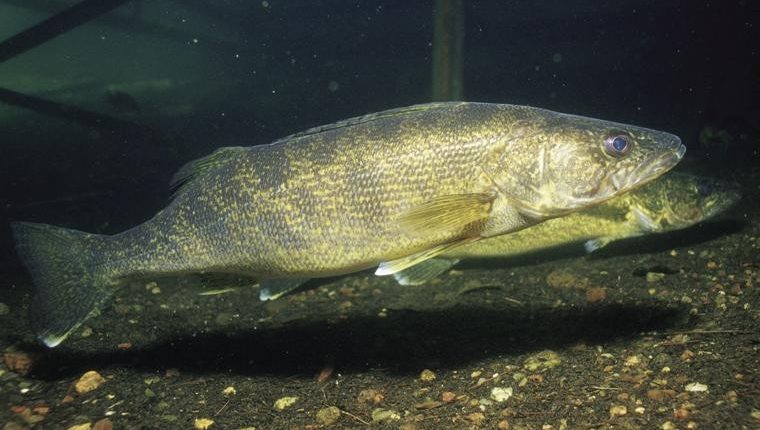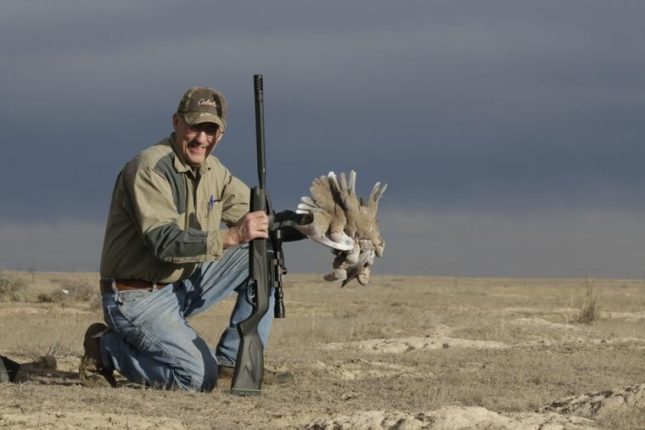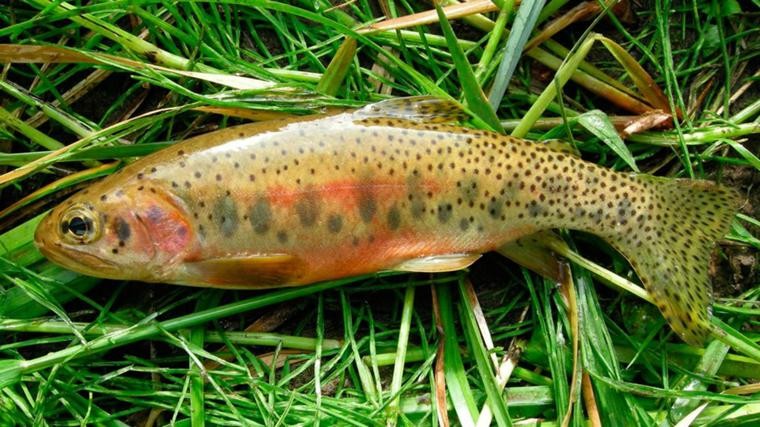BOISE — A Boise man hiking in the Sawtooth Mountains southeast of Grandjean survived last week after he was struck by two boulders.
Dick Ross, 71, suffered breaks to both of his legs Thursday when a refrigerator-sized boulder rolled over them southeast of Grandjean Peak. A second boulder, the size of an ottoman, then struck Ross in the torso and pinned him to the ground.
Ross spent the night trapped under the boulder, until he was rescued Friday morning.
Ross had been hiking with a friend for several days but decided to return early to his car so he could drive home to care for a new puppy, said his wife, Brenda Ross.
“He’s just lucky that he’s alive and that he had the whereabouts to survive for the 15 hours on the mountainside,” she told the Idaho Statesman on Monday.
A hiker heard Ross’s screams for help a couple of hours after he was struck by the boulders. The hiker was some distance away, and the two men yelled back and forth. Brenda Ross said she believes the man hiked out to a place where he could get cell service and called 911.
She believes the man may have also come across another group of hikers who arrived four hours later to the site where Ross was trapped. One of the men was an emergency medical technician who examined Ross’s legs.
“They got Dick settled in for the night and helped him get his warm clothes on,” Brenda Ross said.
A dispatcher at the Boise County Sheriff’s Office said they received a call at 3 a.m. Friday and notified Idaho Emergency Medical Services, which arranged for an emergency medical helicopter crew to get the boulder off Ross and bring him to Saint Alphonsus Regional Medical Center in Boise.
Ross underwent surgery on Friday and again on Monday. He’ll likely need additional surgery on his left leg.
Brenda Ross said her husband had never broken a bone in his body before and took the accident remarkably well. He’s spoken to friends on the phone and in his hospital room and has retained his sense of humor, she said.
“Boy, did he enjoy his helicopter flight,” she said.
Brenda Ross says she expects a long recovery.
“I know there are going to be some hard times to come, because he’s not a person to be sitting around in a wheelchair for very long,” she said.
Steven Hawk, who said he’s known Ross for about three years, said he is amazed at how busy his friend remains.
“Dick Ross isn’t your normal 71-year-old,” Hawk wrote in an email to the Statesman. “He’s more active than most 20-somethings. He skis Bogus almost every year in the winter, hikes the Sawtooths in the summer and flies his remote-controlled planes every morning at 6 a.m.”




